Overlanding isn’t just about where you go-it’s about what you carry. A packed 4x4 that feels solid on the highway can turn dangerous on a rocky trail if the weight isn’t balanced right. Too much weight, wrong weight distribution, or overloaded suspension doesn’t just hurt fuel economy-it can break axles, warp frames, and lock up brakes when you need them most. You don’t need to be an engineer to get this right, but you do need to understand the basics before you hit the dirt.
Know Your Vehicle’s Limits
Every vehicle has hard numbers stamped on a sticker inside the driver’s door. That’s your GVWR-Gross Vehicle Weight Rating. It’s the total weight your vehicle can safely carry, including passengers, fuel, cargo, and the vehicle itself. If your Jeep Wrangler has a GVWR of 5,500 pounds and it weighs 4,200 pounds empty, you only have 1,300 pounds left for everything else. That includes you, your gear, water, food, tools, and the roof rack with your tent.Many overlanders assume the payload number is just for gear. It’s not. It’s everything. A full tank of gas adds 150-200 pounds. Four adults? Another 700 pounds. Two 5-gallon water jugs? Another 40 pounds. Add a full-size spare tire, a recovery kit, and a cooler full of ice, and you’re already at 1,100 pounds-before you even load your tent or camping gear.
Check your owner’s manual for the axle weight ratings too. The front and rear axles each have limits. If you put all your heavy gear in the back, you could overload the rear axle even if the total weight is under GVWR. That’s how you get a sagging rear end, uneven tire wear, or worse-a failed rear differential.
Weight Distribution Matters More Than Total Weight
A 1,000-pound load spread evenly across the vehicle behaves very differently than the same weight piled in the trunk. The goal is to keep the center of gravity low and centered. High, uneven weight makes your rig more likely to roll on side slopes or fishtail in crosswinds.Put heavy items-coolers, water tanks, batteries-low and centered. Floor-mounted cargo bins are better than roof boxes. Roof racks add 200-400 pounds high up, which raises your center of gravity. That’s fine for light gear like a kayak or a rooftop tent, but don’t put your 80-pound generator or 60-pound tool chest up there. Save the roof for lightweight, bulky items: sleeping bags, tents, extra clothing.
Use tie-downs and cargo nets. Loose gear turns into a missile during sudden stops or off-road bumps. I’ve seen a 30-pound toolbox fly through a windshield because someone didn’t secure it. That’s not a close call-that’s a life-changing mistake.
Track Your Load with a Simple System
You don’t need a scale at every stop, but you do need a way to track your load. Here’s how:- Write down the weight of every item you plan to bring. Use a notebook or a phone app.
- Group items by location: under-seat storage, rear cargo, roof rack, hitch-mounted carrier.
- Add up the weights for each zone. Keep rear axle weight under 60% of total payload if possible.
- Recheck before every trip. Gear changes. You swap out a cooler for a bigger one. You add a second battery. Update your list.
Many overlanders use a simple spreadsheet. One column for item, one for weight in pounds, one for location. Total each section. If your rear cargo exceeds 700 pounds, rethink it. That’s often the red zone.
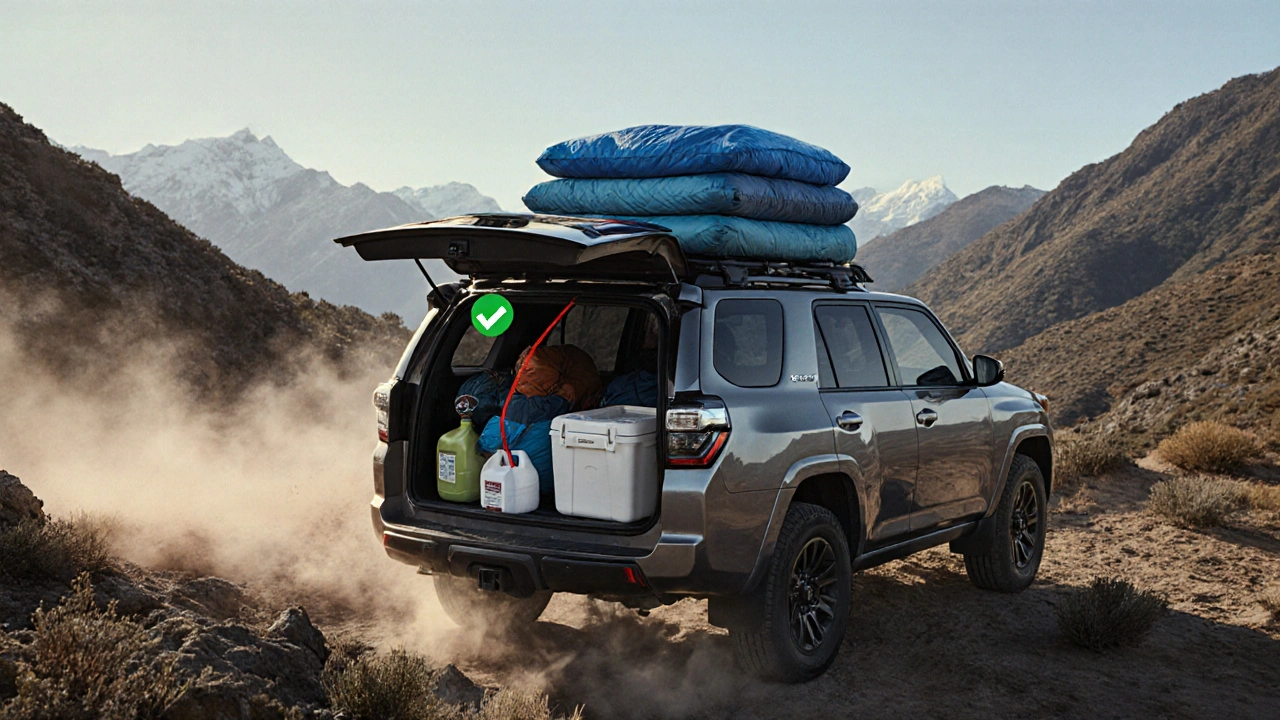
Don’t Ignore the Hitch
If you’re towing a trailer, the rules change. Your vehicle’s tongue weight-how much downward force the trailer puts on the hitch-should be 10-15% of the trailer’s total weight. Too little, and the trailer sways. Too much, and you crush the rear suspension or overload the rear tires.Use a hitch scale. They cost under $50 and are worth every penny. You can’t guess tongue weight. I’ve seen rigs with 200-pound tongue loads on a hitch rated for 120 pounds. The result? Bent frame rails and a broken rear axle. That’s not an accident-it’s negligence.
Also, check your hitch’s class rating. A Class III hitch can handle up to 5,000 pounds gross trailer weight and 500 pounds tongue weight. A Class IV can do 10,000 pounds and 1,000 pounds. Match your trailer to your hitch. Don’t upgrade your trailer without upgrading your hitch.
Upgrade Suspension Only After You’ve Balanced the Load
Too many people think upgrading to heavy-duty shocks or airbags fixes an overloaded rig. It doesn’t. It just lets you carry more weight-without fixing the underlying problem. A lifted Jeep with airbags can still break a rear axle if the load is too far back.Before you spend $1,500 on suspension upgrades, ask: Am I carrying too much? Is it in the right place? Can I cut 100 pounds? If the answer is yes, fix the load first. Then consider upgrades.
Good suspension helps with ride quality and control, not with overcoming physics. If your tires are wearing unevenly, your vehicle leans heavily on turns, or your brakes feel spongy, those are signs your load is wrong-not your shocks.
Real-World Examples: What Works and What Doesn’t
Take two overlanders with the same 2023 Toyota 4Runner. Both have roof racks, tents, and recovery gear.Overlander A: Puts a 50-pound cooler under the rear seat, two 5-gallon water jugs in the cargo area next to the tires, a 20-pound tool kit on the floor, and a 30-pound rooftop tent. Total payload: 1,020 pounds. Weight distribution: even. Rear axle: 580 pounds. Safe.
Overlander B: Same gear, but puts the cooler on the roof, the water jugs in the back, the tool kit behind the passenger seat, and adds a 70-pound generator on the hitch. Total payload: 1,040 pounds. But rear axle: 820 pounds. Tongue weight: 70 pounds. The rear suspension is compressed, the front end feels light, and the tires are overheating on long climbs.
Same weight. Different outcomes. One is ready for the trail. The other is one sharp turn away from trouble.

What to Cut First
If you’re over your payload limit, don’t just remove random stuff. Prioritize:- Remove duplicate tools. Do you really need two jack stands? One good one is enough.
- Swap metal water jugs for collapsible bladders. They save 15-20 pounds.
- Use a compact stove instead of a full propane setup. A Jetboil is lighter and more efficient.
- Leave behind non-essentials: extra blankets, multiple cooking pots, bulky chairs.
- Carry less fuel. Fill up before you hit remote areas instead of carrying 10 extra gallons.
Every pound you cut improves braking, handling, fuel economy, and tire life. It also reduces stress on your drivetrain. Overlanding is about freedom-not hauling junk.
Checkpoints Before Every Trip
Use this quick checklist before you leave:- Is total weight under GVWR? (Check door sticker)
- Is rear axle weight under 60% of total payload? (If over, redistribute)
- Are heavy items low and centered?
- Is everything tied down?
- Is tongue weight 10-15% of trailer weight? (If towing)
- Do tires show signs of overloading? (Bulging sidewalls, excessive heat, uneven wear)
If you answer no to any of these, don’t drive. Adjust. Reorganize. Cut something. It’s better to leave a cooler behind than to leave your rig stranded-or worse.
Final Thought: Weight Is Your Silent Partner
Your vehicle’s weight and payload aren’t just numbers on a sticker. They’re the invisible force that controls how your rig handles, stops, and survives off-road. Treat them with respect. Plan them like you plan your route. Measure them like you measure your fuel.Overlanding is about connecting with the land-not fighting your own equipment. A well-loaded rig doesn’t just make the trip safer. It makes it better. You’ll climb steeper trails, brake with confidence, and sleep easier knowing your rig won’t fail when you need it most.
What happens if I exceed my vehicle’s payload capacity?
Exceeding payload capacity stresses your suspension, brakes, tires, and drivetrain. It can cause premature wear, overheating brakes, blown tires, or even structural damage like bent frame rails. On rough terrain, an overloaded vehicle is harder to control and more likely to roll or lose traction. In the worst case, it can lead to a crash or mechanical failure far from help.
Can I increase my vehicle’s payload capacity with upgrades?
No. Upgrades like heavier springs, airbags, or tires don’t change the manufacturer’s GVWR or axle ratings. Those are set by the vehicle’s design and safety testing. Upgrades can improve ride quality under load, but they don’t make it legal or safe to carry more than the rated limit. Never assume an upgrade gives you extra capacity.
How do I find my vehicle’s GVWR and axle ratings?
Look for a sticker on the driver’s door jamb. It lists GVWR, front and rear axle weights, and tire pressure recommendations. If it’s faded or missing, check your owner’s manual or search online using your VIN. Most manufacturers have a portal where you can enter your VIN and pull the original specs.
Is it better to carry water in jugs or bladders?
Collapsible water bladders are lighter and more space-efficient than rigid jugs. A 5-gallon plastic jug weighs about 45 pounds when full. A 5-gallon bladder weighs 5-8 pounds empty and can be stored flat when empty. They also fit better in tight spaces like under seats or behind the rear wheels. Just make sure they’re UV-resistant and food-grade.
Should I weigh my rig at a truck scale?
Yes, if you’re serious about overlanding. Truck scales (like CAT scales) let you weigh each axle separately. This tells you exactly how much weight is on the front and rear axles. Most weigh stations charge under $15. It’s the only way to know for sure you’re not overloading a single axle-even if your total weight is under GVWR.
Next time you’re packing for a trip, ask yourself: Is this gear making me safer-or just heavier? The trail doesn’t care how much you carry. It only cares if you can handle it.
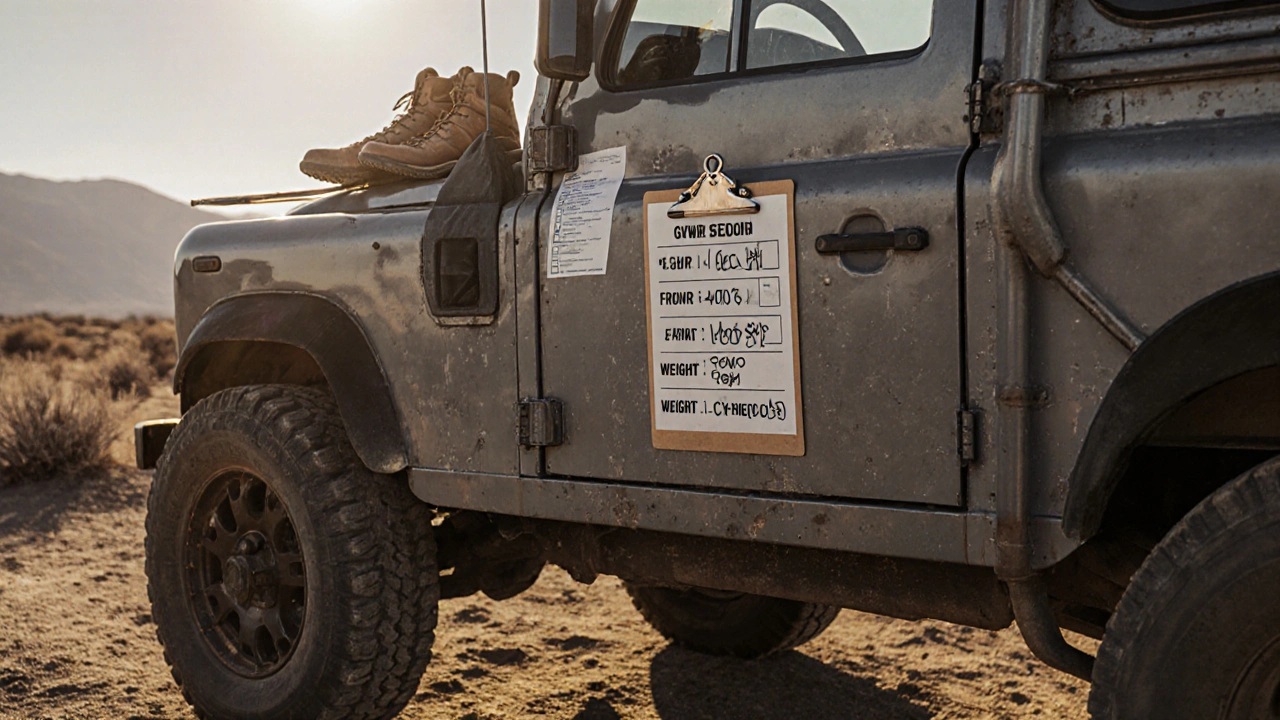
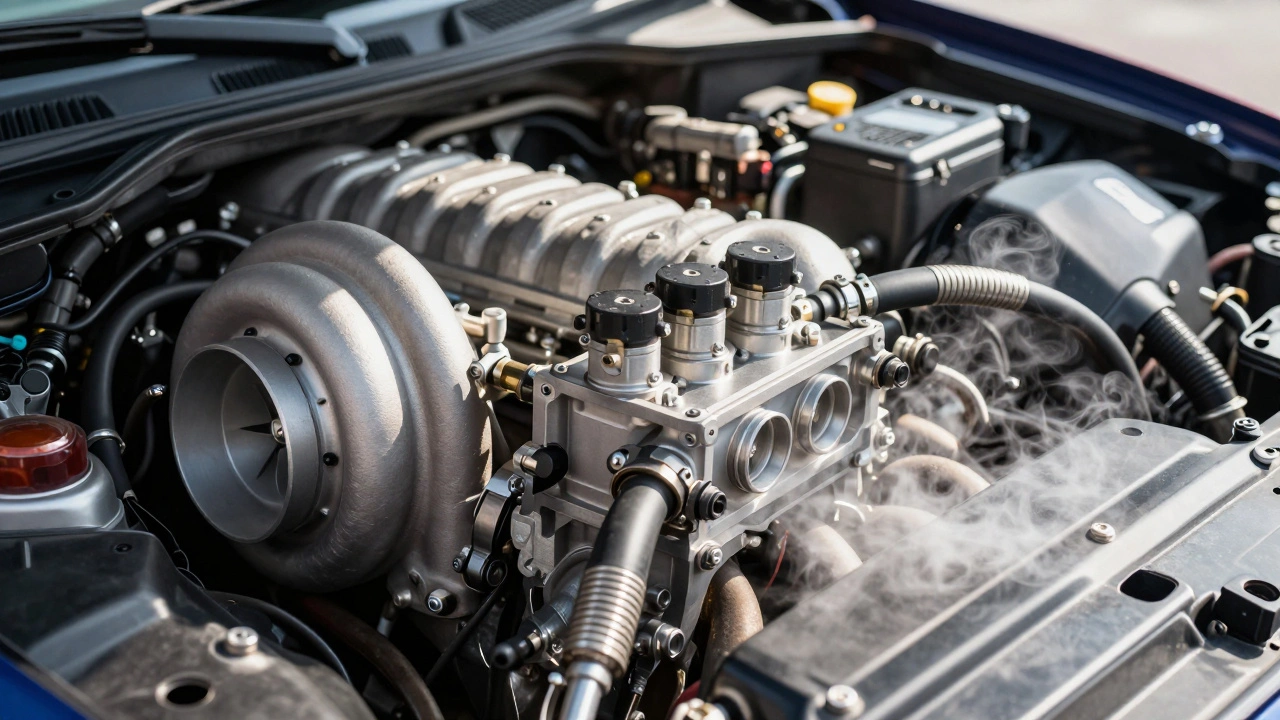
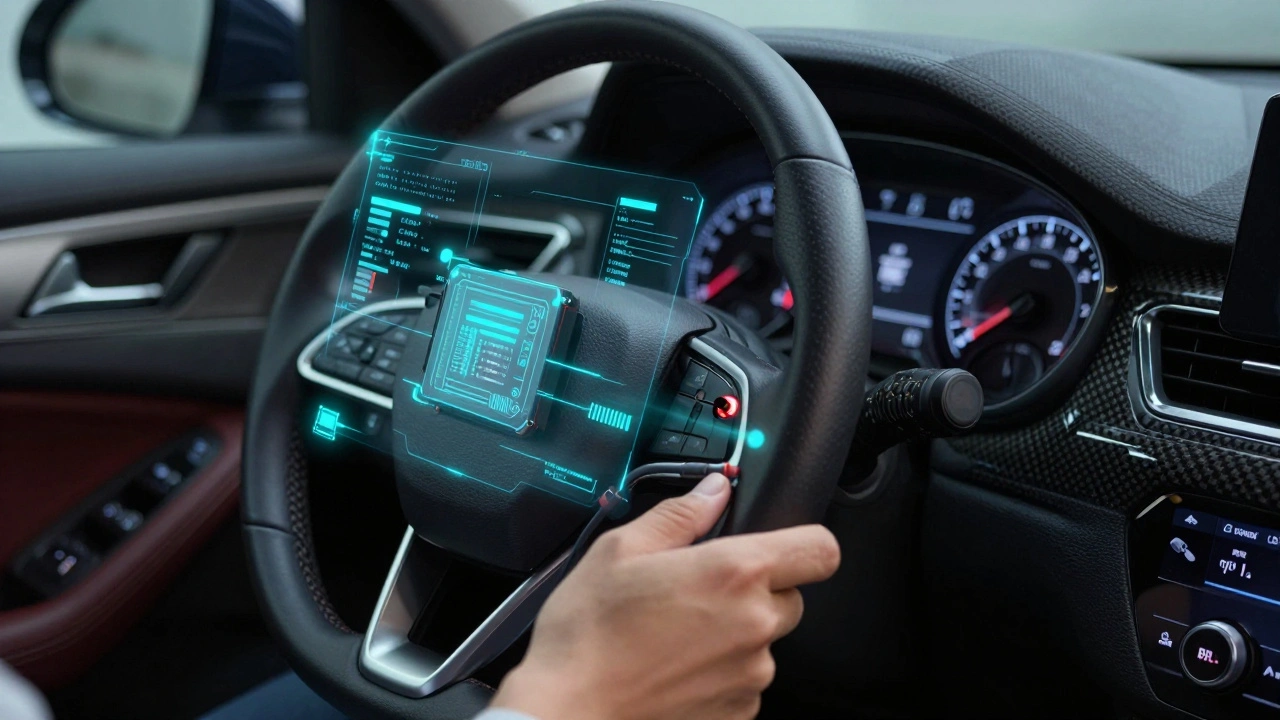
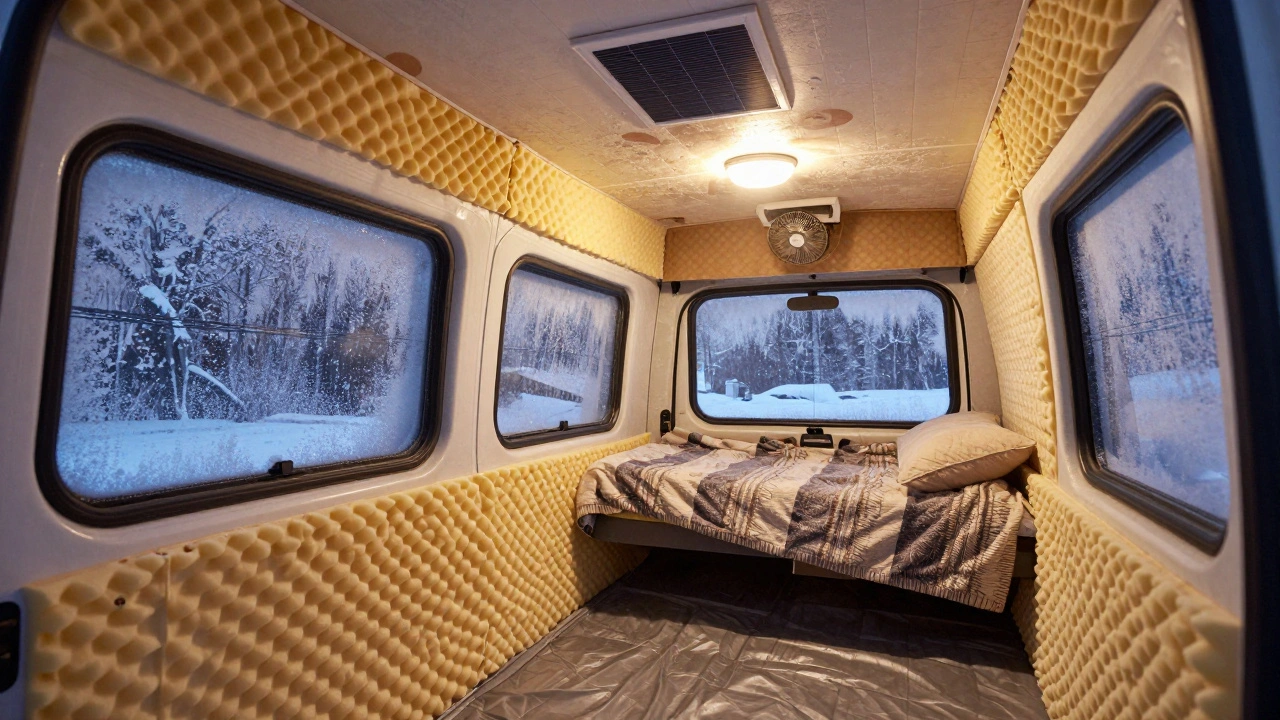
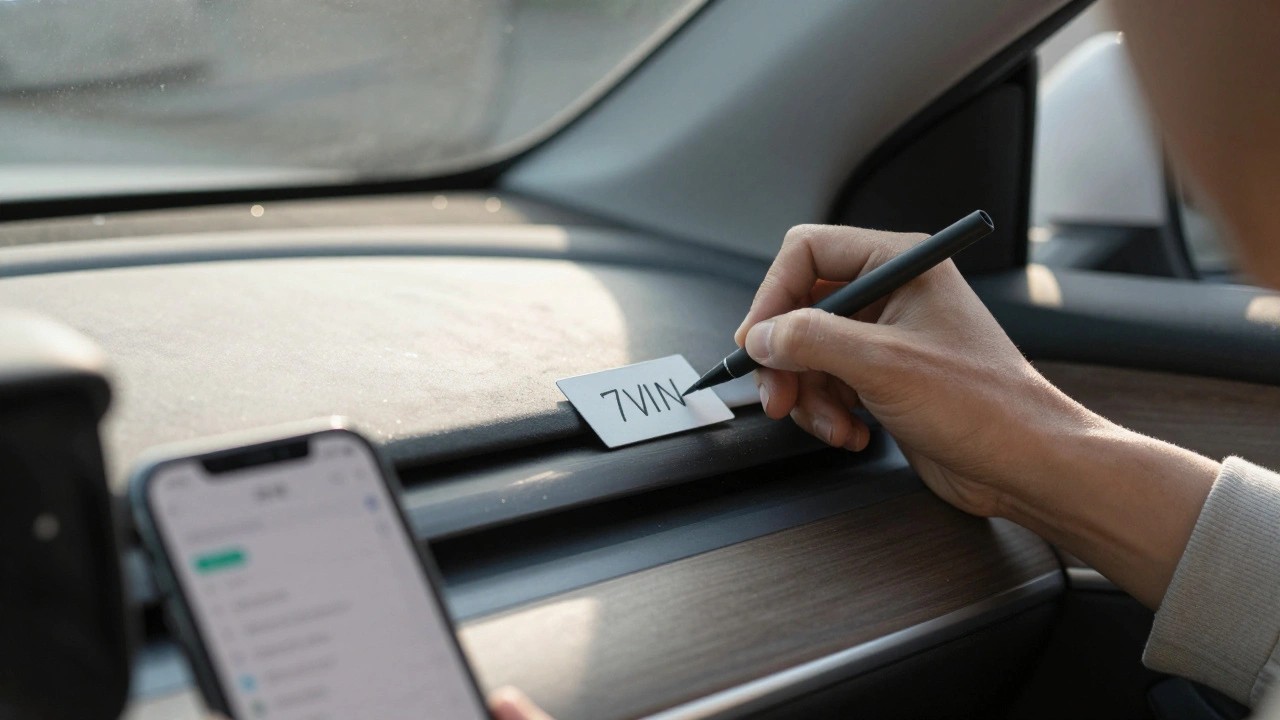

Rahul U.
November 22, 2025 AT 16:19Just did a 3-week trip through the Rockies with my Land Cruiser. Followed this guide to the letter-used collapsible bladders, weighed everything on a CAT scale, and kept the heavy stuff low. No issues, no overheating, no weird handling. This post saved my trip. 🙌
E Jones
November 23, 2025 AT 15:31They don’t want you to know this but the government and car manufacturers are in cahoots to keep you underweight. Why? Because if you knew how much you could *really* carry, you’d buy fewer new vehicles every 3 years. That sticker on your door? It’s a lie. My 4Runner’s frame is steel-grade titanium alloy, and I’ve been hauling 2,000 pounds in the back for 8 years. The suspension? Reinforced by moon dust. The tires? Hand-stitched by monks in Nepal. They told me I was insane. I told them I was free. 🌕🛻
Barbara & Greg
November 25, 2025 AT 05:04It is both morally and mechanically irresponsible to disregard manufacturer-specified load limits. To suggest that one can safely exceed GVWR under the guise of "adventure" is not only dangerous-it is ethically indefensible. The responsibility to preserve life, property, and the integrity of engineering standards supersedes the desire for convenience or perceived ruggedness. One does not become a better overlander by ignoring physics; one becomes a hazard.
selma souza
November 25, 2025 AT 09:19"GVWR" is not "GVWR". It's "Gross Vehicle Weight Rating". You wrote "Gross Vehicle Weight Rating"-but then you abbreviated it as "GVWR" without defining it first. And you used "it’s" incorrectly three times. Also, "you don’t need to be an engineer"-but you clearly are. This post is full of grammatical errors and inconsistent punctuation. Fix it before you preach.
Frank Piccolo
November 25, 2025 AT 17:46Look, I’m not some hippie with a rooftop tent and a kombucha fridge. I drive a Ram 2500 with a diesel and I carry 1,200 pounds of gear because I’m not afraid of the road. You want to talk about weight distribution? I’ll tell you this: if you’re worrying about 80 pounds of water jugs, you’re not overlanding-you’re camping with a spreadsheet. Real overlanders don’t weigh their socks. We just go. And we don’t break. Because we’re not weak.
James Boggs
November 25, 2025 AT 20:15This is excellent advice. Clear, practical, and grounded in real-world safety. I’ve used the CAT scale method for years and it’s made all the difference. Highly recommend anyone serious about off-roading to do the same. Thank you for sharing.
Addison Smart
November 26, 2025 AT 17:50I’ve traveled across 17 countries in my rig and one thing I’ve learned: safety isn’t about the gear-it’s about the mindset. This post isn’t just about weight limits-it’s about humility. The land doesn’t care how much you own, only how well you respect it. I’ve seen people with $100k rigs get stuck because they thought their upgrades made them invincible. Meanwhile, the guy with a 1998 Tacoma and a single water jug? He’s the one who made it through the flood. Weight management isn’t technical-it’s spiritual. And this guide? It’s a prayer for the trail.
David Smith
November 27, 2025 AT 23:48Okay but did you know that the entire overlanding community is just a marketing scam? You think you’re "connecting with the land"? Nah. You’re just Instagramming your $2,000 rooftop tent while your 10-year-old tires are about to blow. And don’t even get me started on the "collapsible bladders"-those things leak like sieves. I’ve had mine burst mid-desert and now I carry a 5-gallon steel jug I bought in 2008. It’s heavier? Yeah. But it’s not a plastic death trap. And don’t even talk to me about "tongue weight"-I just strap my trailer on and pray. That’s the real overlanding.
Lissa Veldhuis
November 28, 2025 AT 07:41I’ve been doing this since I was 16 and I can tell you right now 90% of these "experts" are just people who read a blog and think they’re mechanics now. You think your spreadsheet is gonna save you when your rear axle snaps on a washboard trail? Nah. It’s gonna be your ego. I once saw a guy with a lifted Tacoma carrying 1200 lbs of gear and he had his cooler on the roof with a 70lb generator on the hitch. He said "I checked my GVWR"-but he didn’t check his axle ratings. His truck ended up on its side. He’s fine now. But his truck? Still in a junkyard. Don’t be him. Or worse-don’t be the person who comments "this is great" without knowing what they’re talking about.
Michael Jones
November 28, 2025 AT 08:38Weight is silence. It doesn’t scream. It doesn’t warn. It just breaks. And when it does you’re already in the middle of nowhere with no cell service and a broken differential. This isn’t about gear. It’s about listening. Listen to the truck. Listen to the road. Listen to the physics. You don’t need a spreadsheet. You need awareness. And awareness starts with respect. Not fear. Not rules. Respect.
allison berroteran
November 29, 2025 AT 13:01I’ve been overlanding for 12 years and I used to think more gear = more safety. Then I got stuck in the desert with a 200-pound cooler on the roof and a 70-pound generator on the hitch. My front end was light, my brakes were fading, and I couldn’t turn without the truck swaying. I spent three days fixing it with a jack and a prayer. Now I carry only what I need. I’ve cut out the extra blankets, the second stove, the three pots. I’ve got one good knife, one good water bladder, and one good friend. And I sleep better than ever. This guide? It’s the quiet voice I wish I’d listened to sooner. Thank you.
Gabby Love
November 30, 2025 AT 05:52Small tip: if you’re using a hitch scale, get the ones with Bluetooth. They sync to your phone and log weights over time. Super helpful for tracking changes between trips. Also, don’t forget to check tire pressure after loading-cold tires can be 5 psi low and that’s enough to cause overheating on long highway stretches before you even hit dirt.
Jen Kay
December 1, 2025 AT 02:39Wow. Just… wow. I’m impressed. Not because you told me what to do-but because you didn’t make me feel stupid for not knowing. This is the kind of advice that doesn’t come from a manual. It comes from someone who’s been there. And honestly? I’m going to print this out and tape it to my dashboard. Because next time I’m tempted to toss that extra cooler in the back… I’ll remember the guy who didn’t make it out of the wash.